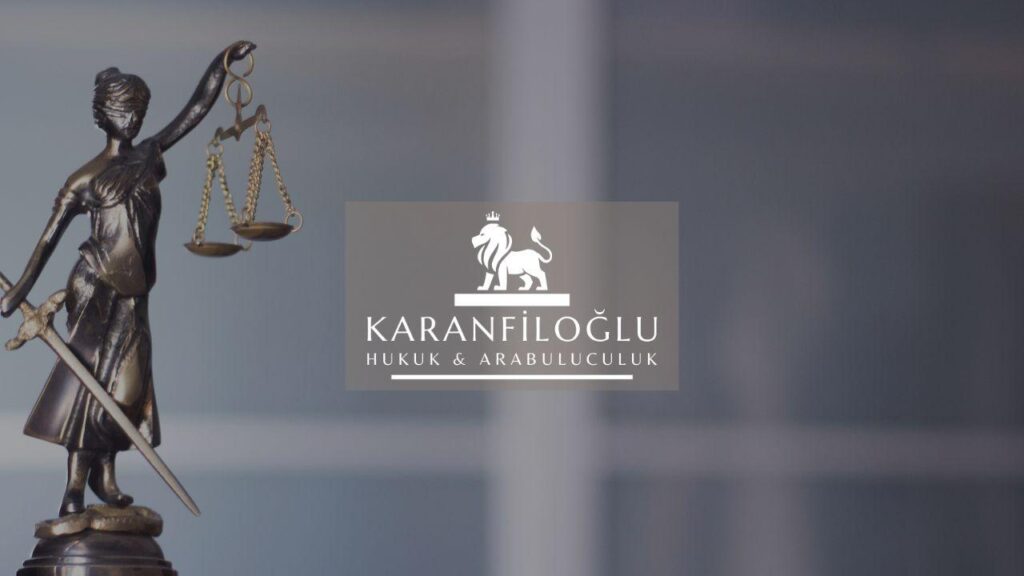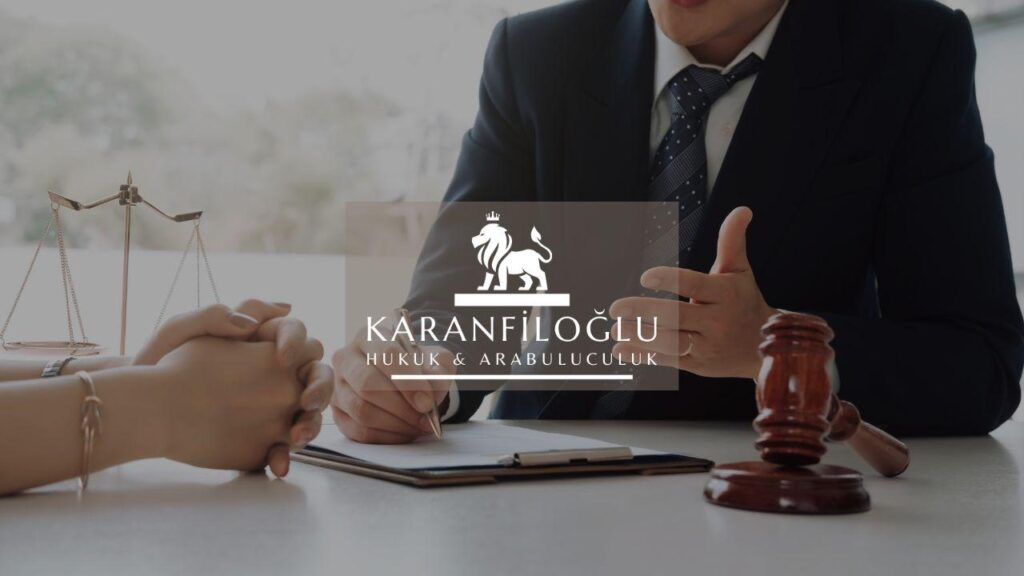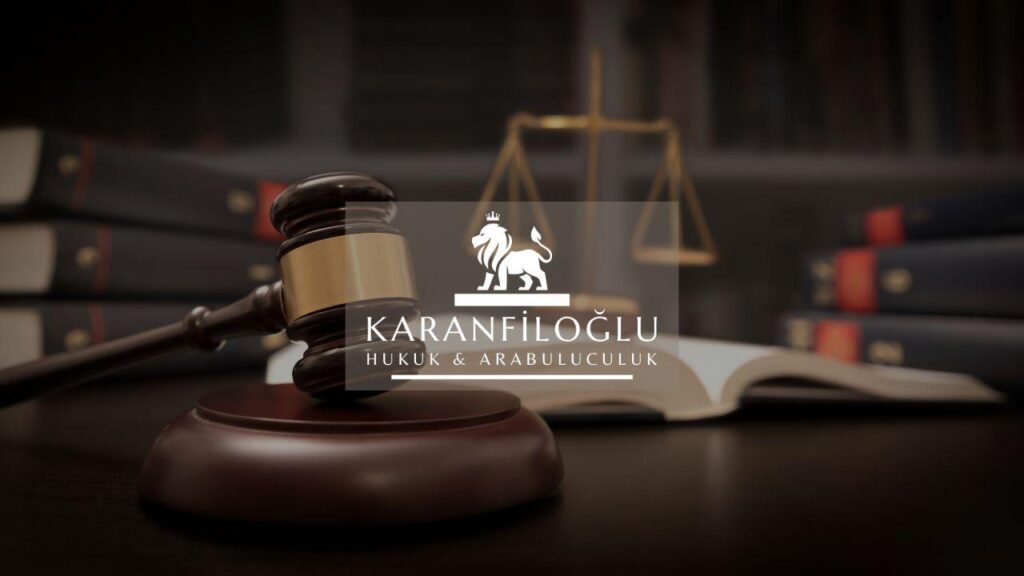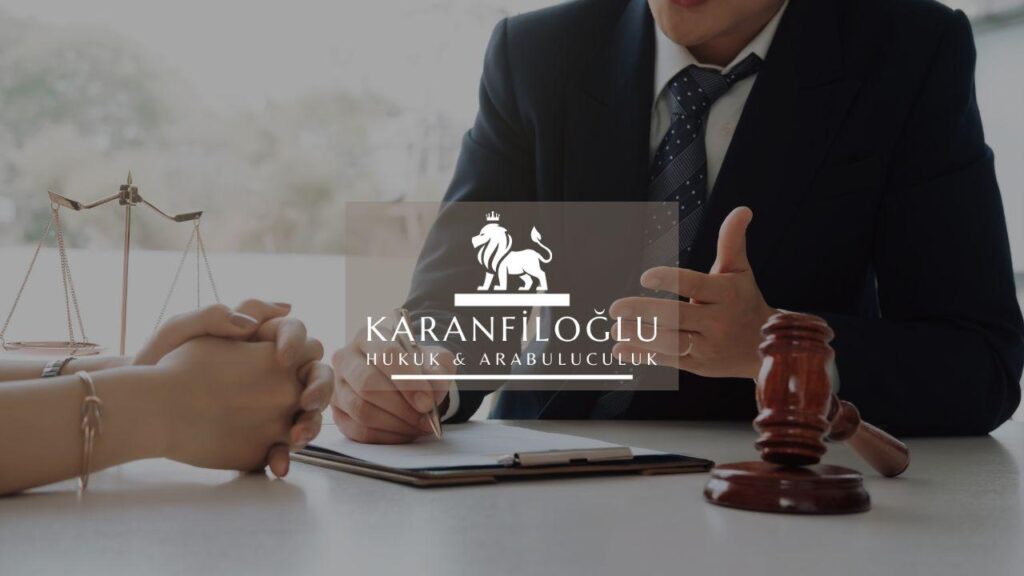In the tangled web of conflict resolution, understanding the mediation rights and mediation obligations of the parties in mediation is crucial. Diving into the mediation process often feels like navigating a ship through unpredictable waters. Those involved must have a firm grasp on which rights protect them and what obligations they shoulder. Imagine mediation as a dance; each step requires precision and awareness. This clarity ensures everyone is on the same page, smoothing out potential bumps in the road to agreement. By knowing your mediation rights, you gain the power to steer discussions effectively. Meanwhile, acknowledging mediation obligations is equally essential. It lays the groundwork for constructive dialogues and fair play. The synergy between mediation rights and obligations creates a balanced environment, fostering trust. So next time you find yourself on the mediation front, remember this dance—the steps, the rights, the obligations. They’re all part of achieving lasting peace.
Understanding the Fundamental Rights of Participants in Mediation
In the mediation process, participants have specific mediation rights that shield their interests. Think of these rights as the compass guiding you through the murky waters of conflict resolution. Key among these rights is the assurance of confidentiality; it’s like a sacred trust, ensuring private matters remain private—what’s said in the room, stays in the room. Another vital mediation right is the ability for parties in mediation to voluntarily participate or withdraw, preventing any sense of being trapped in an unwelcome situation. This freedom ensures that conversations remain genuine and constructive. The right to equal participation is similarly potent, giving each party a voice at the table, ensuring that no one feels overshadowed in the mediation process. These mediation rights collectively form the backbone of effective dialogues, paving the way for fair and just outcomes. Remember, understanding these rights is akin to holding the key to a peaceful resolution.
Understanding the fundamental mediation rights of participants in mediation involves appreciating the protections they provide. Picture these rights as a sturdy anchor, keeping you grounded amid the swirling tides of the mediation process. Prime among them is the right to self-determination. This is the helm that allows the parties in mediation to steer the ship of conflict resolution, making decisions that best reflect their true desires and needs. The right to unbiased mediation is also critical, ensuring an impartial mediator guides the discussions. Think of it as a lighthouse, unwavering and neutral, guiding ships safely through the storm. Additionally, parties in mediation have the right to access relevant information crucial for informed decision-making. This transparency clears the fog, revealing the path toward constructive dialogue and resolution. Together, these mediation rights reinforce a foundation of trust, encouraging collaborative efforts that lead to satisfactory outcomes for all involved.
In the journey of conflict resolution, acknowledging the essential mediation rights and mediation obligations of parties in mediation allows for smoother navigation. Imagine these rights and obligations as the sails and anchors of this voyage, working in tandem. One crucial right is the ability to make decisions freely without external pressures—a beacon of autonomy in the mediation process. Correspondingly, there’s an obligation to engage in good faith, fostering sincere dialogues. The harmony between these elements creates a fertile ground for resolution, where both rights and obligations coalesce like the yin and yang. This balance ensures that participants can voice their concerns, while simultaneously upholding their duty to listen and negotiate earnestly. Such equilibrium in the mediation process paves the way for effective conflict resolution. In this dance of mediation, remember: the rights you hold and the obligations you embrace craft the path to lasting peace and resolution.
Exploring the Obligations of Mediators and Parties Alike
In the mediation process, understanding mediation obligations is akin to holding a compass in the unpredictable sea of conflict resolution. For the parties in mediation, sticking to established obligations fosters an environment of trust and transparency. On the one hand, mediators bear responsibilities like maintaining neutrality and encouraging open dialogue, ensuring the paths to resolution remain clear. On the other hand, the parties must actively participate with honesty and good faith. This isn’t just about ticking boxes; it’s about creating a space where everyone’s voice is heard and valued. The parties in mediation must remember that obligations are not restrictions but opportunities to build bridges in conflict resolution. Accepting these duties clears the deck for a smoother mediation process, transforming disputes into dialogues and building a foundation for lasting solutions. Through steadfast commitment to their mediation obligations, parties and mediators alike dance together in the pursuit of harmonious resolution.
Mediation rights empower participants, providing a guiding light through the mediation process. Yet, obligations shouldered by both mediators and the parties in mediation hold equal importance. Mediators, with a keen eye, must ensure every voice finds its stage, crafting a forum for open and fair dialogue. They are expected to uphold confidentiality rigorously, akin to safeguarding treasures in a vault. Meanwhile, the parties in mediation must engage constructively, prioritizing conflict resolution over discord. Each commitment they honor strengthens the collective journey towards understanding. In this arena, mediation obligations pave the way for respect and collaboration. They act as the supportive frame in a house, allowing mediation rights to energize the resolution process. By harmonizing these elements, all involved transform disputes into bridges of mutual agreement, ensuring the mediation process reaches a satisfying conclusion. Through shared dedication, mediators and parties together ignite the spark of equilibrium in the heart of conflict resolution.
In the mediation process, the obligations expected from mediators and the parties in mediation serve as fundamental pillars for successful conflict resolution. Mediators shoulder the task of steering the ship with precision, ensuring that every voice is not just heard but genuinely considered. They must maintain an even keel, navigating through rough waters with impartiality and commitment to confidentiality. For the parties in mediation, these obligations manifest as a commitment to transparency and good faith, cultivating an atmosphere where open communication flourishes. Recognizing these roles helps establish a platform where mediation rights can thrive, eliminating the barriers of miscommunication and distrust. The dynamic interplay between mediation rights and obligations is akin to a well-rehearsed orchestra, each element playing its part to create harmony. With every session, mediators and parties uphold these commitments, crafting pathways to resolutions that hold the promise of lasting peace and mutual understanding.
Navigating the Balance: Rights versus Responsibilities in Mediation
In the mediation process, the interplay between mediation rights and mediation obligations is akin to walking a tightrope. The parties in mediation hold unique rights to voice their concerns and perspectives, forming the backbone of effective conflict resolution. Yet, standing firm on this tightrope means acknowledging responsibilities. Balancing these duties ensures everyone respects the process and each other. This equilibrium is crucial—not just a set of rules, but the foundation of trust and fairness. Think of mediation as a seesaw: rights on one side, obligations on the other. Push too hard on either side, and you’ll tip the balance, risking chaos instead of cooperation. So, every party must step carefully, understanding that rights empower, but responsibilities hold the process together.
Stepping into the mediation process, parties in mediation often find themselves in a dance between mediation rights and mediation obligations. It’s like walking a suspenseful line, where each step must be deliberate. These rights in the mediation process offer a platform to articulate needs and aspirations clearly, allowing voices to be heard. But it’s the mediation obligations that tether this freedom, ensuring responsibility and respect remain central. Engaging in conflict resolution isn’t about winning or losing. It’s about creating a dialogue where mediation rights empower expression. Yet, harmony stems from respecting mediation obligations, which guide the flow of interactions. When parties in mediation recognize this balance, they cultivate an environment ripe for solution-driven discussions. Ensuring that each side of the seesaw moves with intent prevents the chaos of miscommunication. Thus, in the intricate dance of mediation, balance is key to achieving true conflict resolution.
In the mediation process, the delicate dance between mediation rights and mediation obligations can feel akin to balancing on a thin wire high above ground. The parties in mediation hold mediation rights that allow them to voice their truths, yet these rights are not a one-way street. As rights give birth to opportunity, mediation obligations stand guard, ensuring that every discussion remains anchored in mutual respect and integrity. The art of conflict resolution thrives on this balance—like a painter needing both light and shadow to create depth. While mediation rights open doors to possibilities, the mediation obligations present teach the parties in mediation the elegance of accountability. Each participant must steer thoughtfully, understanding the harmony necessary to craft genuine solutions. When parties in mediation fully embrace this symphony of rights and responsibilities, the daunting task of conflict resolution transforms into a collaborative journey towards mutual understanding.
Disclaimer: This article is for general informational purposes only and you are strongly advised to consult a legal professional to evaluate your personal situation. No liability is accepted that may arise from the use of the information in this article.







